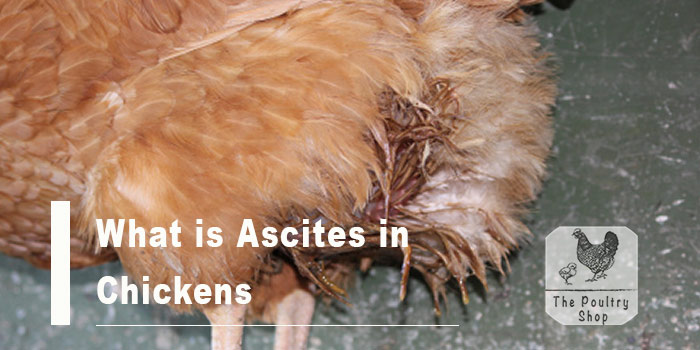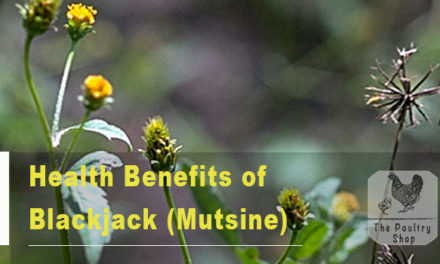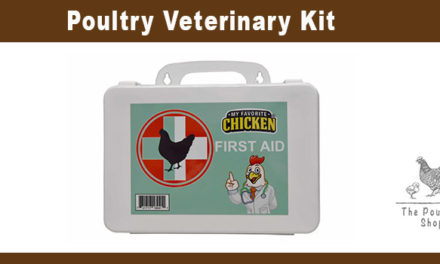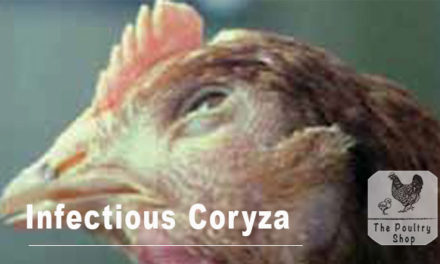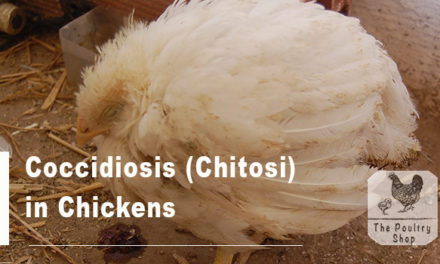Ascites, also called ‘water belly’ is a condition of fast growing chickens in which there is excess amount of fluid accumulated in the abdominal cavity (in the belly so to speak). Birds with this condition typically die between 4-6 weeks especially in broilers.
Fortunately ascites is a non-infectious condition which cannot spread from bird to bird and is not harmful to humans if one consumes a bird with ascites.
What causes Ascites?
- Rapid growth such as in broilers resulting to heart and lungs failing to pump oxygen throughout the body.
- Respiratory diseases that affect the effectiveness of the lungs, poor ventilation, ammonia due to poor litter management and cold temperatures during brooding also cause water belly.
- In addition, some stockfeed manufacturers supply broiler feed that has a high energy diet (high nutrient density diets) leading to rapid growth of the broilers but consequently requiring more oxygen to metabolize the high energy diet thus causing the birds to develop water belly.
- Birds raised in high altitude areas or farms tend to suffer from ascites due to lower amount of oxygen available in the air. This puts a normal heart and lungs under stress to deliver enough oxygen.
- Poor genetics – some birds may be genetically predisposed to develop water belly. They may have hearts and lungs that are not as strong and struggle to deliver oxygen.
- Vitamin and mineral deficiencies can also lead to water belly in chickens.
With such fast growth rates, the birds’ bones don’t always have sufficient time to develop. Unable to hold up their own weight, the birds may collapse, thus complaints of failure of birds to stand by some farmers which I have found to be normally associated with water belly.
Signs of Water Belly
The most common is the ‘water belly’ appearance. The abdomen is swollen and enlarged. When poked, it feels squishy, as if the belly was full of water.
Other signs include:
- when slaughtered – enlarged, dilated heart; various degrees of liver change and increased yellowish fluid in the abdominal cavity
- blue wattles or combs due to lack if oxygen
- general fatigue and reduced growth due to lack of oxygen
- loss of appetite
- respiratory problems due to lack of oxygen – panting even when the birds are not hot
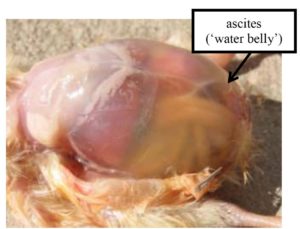
How to Treat Ascites
Ascites cannot be treated by any medication. Some farmers drain the water from the bird by using syringes with needles and reducing feed intake. This however, helps to provide a temporary solution.
Sometimes its economical to slaughter the birds and save on losses from the high mortalities.
However, for future flocks, the following can be implemented to avoid ascites:
- Ensure adequate ventilation and maintain good air quality. Good ventilation and appropriate litter management reduces incidences of respiratory infections. High levels of air contaminants such as dust and carbon monoxide especially when you use charcoal brooders (mbaura) poorly causes respiratory damage to lungs and heart causing poor oxygen distribution hence the risk of ascites.
- Avoid periods of cold stress particularly during the brooding period.
- Adjust feed programs to control rapid growth (e.g. reducing the nutrient density of the diet) or reducing feed quantities may help avoid ascites. For example, lighting programs that add about 1-2 hours of darkness in the initial weeks to ensure a reduced growth due to continuous feeding and 4-6 hours in the subsequent weeks may help reduce ascites.
- High salt levels in the diet can also increase ascites hence the need to have optimal levels only.
In conclusion, ascites requires a holistic approach although products such as vitamin/
mineral supplements (e.g. Betasol C, Aminogrow and Introchick) may help alleviate the symptoms.
Learn more on the most common poultry diseases.
Did you find this article helpful? Leave a comment below or subscribe to my free Email Newsletter and also like The Poultry Shop Facebook page. Thanks!

